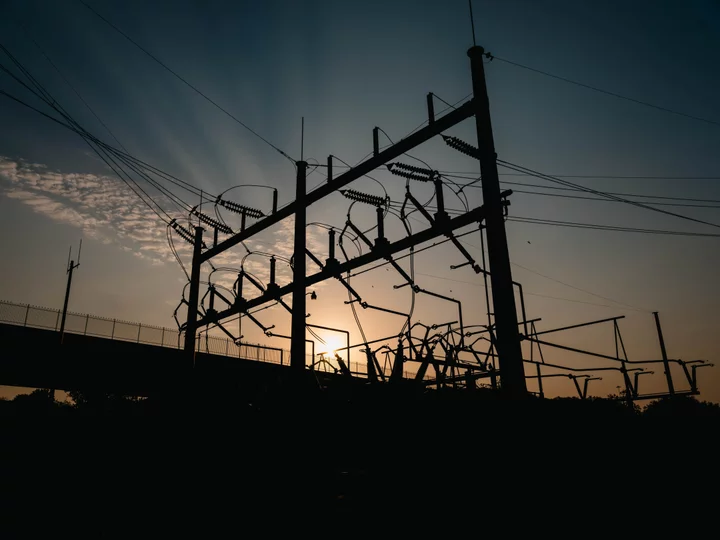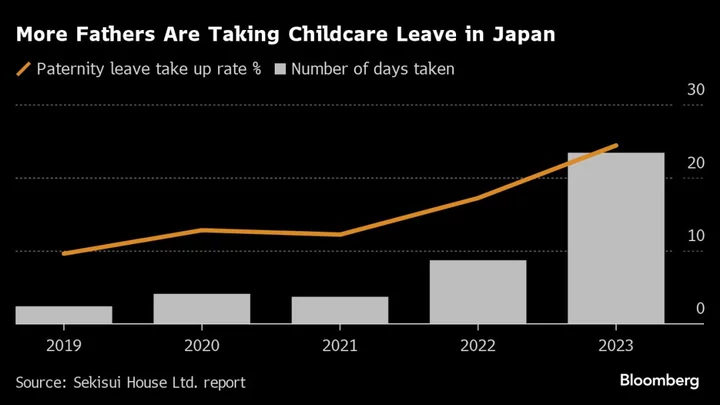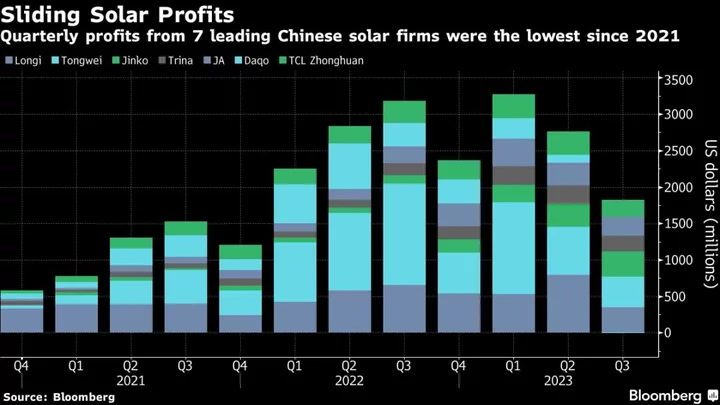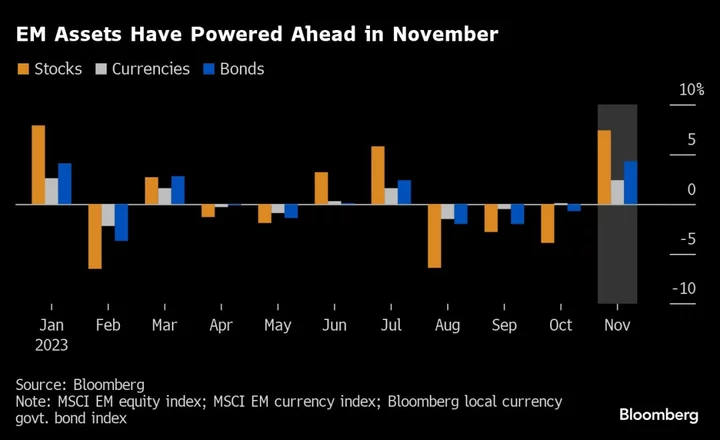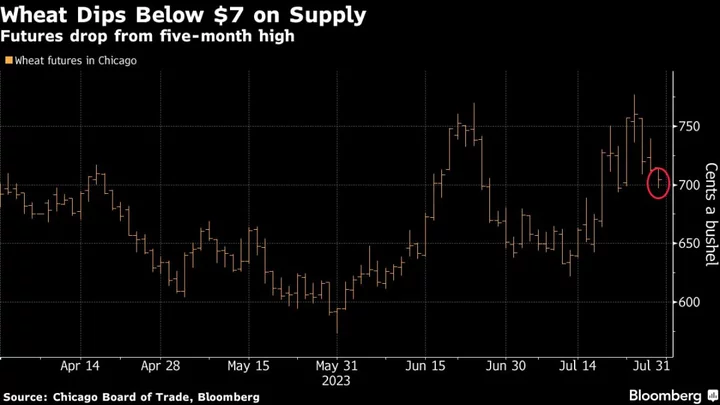Texas quickly spiraled into a power emergency on Wednesday night when record September demand and a drop in supply prompted appeals to consumers to conserve electricity to avoid blackouts. Hot, humid weather put the squeeze on the grid, but another challenge looms next month: a solar eclipse that could slash output and create an unprecedented test for the embattled grid.
The Electric Reliability Council of Texas, or Ercot as the state grid operator is known, suddenly declared a Level 2 emergency because reserve capacity had fallen to less than 1,750 megawatts. The heartbeat of the grid — measured in hertz — also fell perilously low, according to the grid operator. These conditions and the quick escalation of the grid emergency shocked generators, consumers and power experts alike.
Even as summer heat abates in the coming weeks and lowers air conditioning demand, the grid may still face more trials as power plants shut down for seasonal maintenance. A major one coming up is an Oct. 14 solar eclipse, which will force almost all of the grid’s solar farms to stop generating electricity in the middle of the day. This is the first summer where Texas has needed renewables to meet peak demand, which is usually during daylight hours when the sun is strong, and then bring back-up generation (mostly in the form of natural gas) online to fill the resulting dip in solar output quickly at sunset. The eclipse will be a faster, midday version of this phenomenon.
The sun will begin to darken at 10:15 a.m. US Central time and end by 1:40 p.m. The areas of greatest occlusion will be across a stretch from West Texas to the southeast part of the Gulf Coast, though the entire state will be impacted. At its peak, 76% to 90% of the sun will be obscured depending on the location. That will result in solar panels having only 13% of “clear sky capability” at the height of the eclipse at 11:50 a.m., an Ercot executive said during a stakeholder presentation Thursday.
It’s an unprecedented challenge for the Texas grid, which has seen a surge of solar development over the last few years. Ercot currently has about 22 gigawatts of solar generating capacity, of which almost 13 gigawatts have been operating during the sunniest times of the day this week. Ercot is working with solar forecast vendors to create a special model for Oct. 14 so that it can be ready to rapidly bring back-up supply online during the event and then sharply curtail it once the eclipse passes. The grid operator expects to start sharing details about its plan on Oct. 5.
The solar eclipse is a one-off but represents an acute challenge that grids can face on a daily basis when unexpectedly cloudy conditions can cause output from solar panels to plunge.
This week’s near-miss was the most serious grid emergency since the Feb. 2021 winter storm that left millions of people in the dark for days and more than 200 dead. Those February days as well as some this summer have seen power plants tripping offline, creating tight conditions. The cause for Wednesday evening’s near-miss, however, was a lot more complicated and shows the challenges of handling a grid in transition.
This time of year, the sun is setting a bit earlier but demand, which rose to a September record on Wednesday, stayed high even after the sunset because of the humidity, said Brad Jones, who served as interim chief executive officer of Ercot after the 2021 storm. More critically, net demand — the difference between power usage and renewable generation — rose to an all-time high of 70,732 megawatts, meaning fossil fuel plants, batteries and hydro needed to do more to make up for the loss of solar and wind as did power consumers, according to Joshua Rhodes, an energy research scientist at the University of Texas at Austin.
The heat continued into Thursday, prompting more concerns about the grid. Those concerned include the Biden administration, which declared a power emergency for the state that lasts until Friday night. The move will allow Ercot to waive some limits on air pollution in an effort to get more power online.
These tight conditions can be costly. Power prices will likely be volatile, though it’ll depend on how hot and humid Texas still is in mid-October. During the emergency Wednesday evening, spot power prices in Ercot topped the price cap set at $5,000 a megawatt-hour, quadruple the cost of supply secured for the period in the day-head market. Prices have been lofty throughout the summer after the grid operator changed rules to allow prices to spike more frequently to better reflect generation shortfalls and to procure more reserves.
Texas residents may be asked to conserve again during the eclipse, and the novelty of the event could help overcome grid alert fatigue amid a summer of near-record heat for the state. With climate change set to push temperatures higher still in the coming decades and the Texas grid’s transformation to include more solar and wind, the lessons of this summer and the coming solar eclipse will prove vital to ensuring grid stability going forward.

